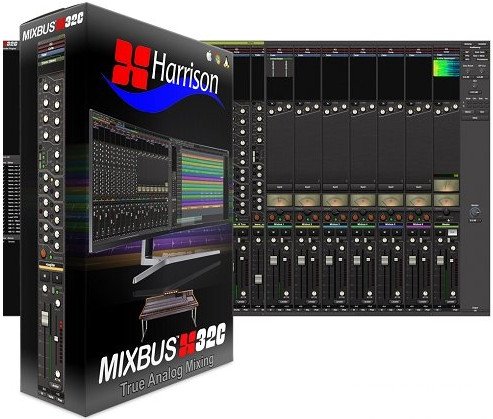

If the meter is all the way to the left then the left and right channels have no information in common and sound very disconnected.

If the meter is all the way to the right then both sides correlate and the signal is heard as a centered mono image. Stereo correlation meter - This meter shows you the correlation between the left and right channel. The master channel in mixbus has a stereo correlation meter above a configurable extra meter. I do think that if you use the tape saturation then it’s reasonable to suggest running your sessions at 96khz+.ĮDIT (June 7, 2020) - See this article for another view. It would require a ridiculous amount of CPU processing to handle that. I doubt that many users would want every single mixbus to be oversampled enough to handle that. I do wish to make clear that the aliasing is not the fault of the developers. The effect is much less pronounced at higher sample rates. Both peaks should be moving together to the right, when one of them begins to diverse and move towards the left This is aliasing. You can also see that harmonic reflect off the nyquist frequency and move left as the input signal continues to move to the right. So this means that if you have the tape saturation knob at 0.0, then everything below 400hz will have odd harmonics generated, and above 400hz it will only be third harmonic. 6.0 saturation you basically always get odd harmonics.This appears to be a simple saturator that adds odd harmonic content for parts of the signal odd harmonic generation is: SendsĮach mixbus in Mixbus 32c has a tape saturation process. I’ve rarely used it when mixing, but it’s come in handy when trying to tame some very sharp percussive elements that were causing pumping in another compressor down the signal chain later. It doesn’t let any signal pass the threshold. The limiter is exactly what you’d expect from a limiter.


Mixbus is often seen as a program that, after doing all of your work in another DAW, you drop in stems and mix with.


 0 kommentar(er)
0 kommentar(er)
